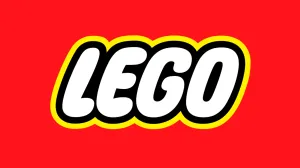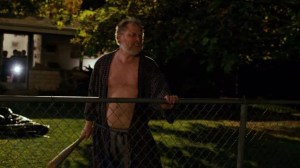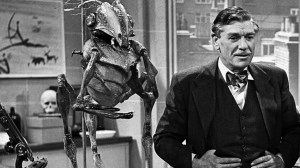Small towns are a common setting for horror stories and for good reason. The smaller setting allows for a more intimate approach to characters and in the right hands offers for a story that is less about the scares and more about the people those horrors impact leading to a broader and more chilling examination of social issues and questions of humanity beyond the standard horror tropes. Redfork, written by Alex Paknadel with art by Nil Vendrell is just such a horror story, one that uses its setting in a small, impoverished mining community to not only tell a genuinely scary story, but to tell a tale of real-world horrors of exploitation and class oppression, and does both with grace.
Videos by ComicBook.com
In Redfork ex-con Noah McGlade returns to his coal mining hometown but doesn’t find the same place he remembers. Instead, his hometown has been blighted as so many small towns in America have by economic decline and the opioid crisis. Layered on top of that is another threat draining the life from this place in a much more sinister fashion which leads Noah to unearth a long-dormant horror that threatens to consume both the town and Noah himself.
With both the real life horror of decay and the supernatural elements of the story working in parallel and together, Redfork‘s story requires a great bit of balance to develop genuine horror; Paknadel does this beautifully. What works best in Redfork is how well the human characters are developed. There are no caricatures of small town folk here, just genuine representations of people as they are. Every single human character in Redfork is treated as being just that—human. There is sympathy, even for Noah, who is someone that in real life many would look past or judge and dismiss.
Paknadel never veers into “poverty porn” either. The hardships in Redfork are not on display for visceral story fodder. Instead, there’s an honesty to it, both in the humanity of the people suffering as well as the brutal indifference of the wealthy mine owner in this story. Paknadel’s writing turns the horror story into something unsettling because of how real it is well before readers get to the real “horror” of the book. Even that is approached in a fashion that possesses real tension and real scares.
While there is a political undercurrent to the entirety of Redfork (even the supernatural horror) it never reads as being didactic. The story is so well-layered, brilliantly nuanced, and deftly delivered that it never reads as being preached to. Instead, it all slides right under the skin and sits there, making it something unsettling so that it is best read in small doses, even if you want to gulp it all down.
Working seamlessly with all of this is Vendrell’s artwork and Giulia Brusco’s colors. The visuals In Redfork feel real, feel raw, and offer an honest look at decaying small town America while injecting enough “wrongness” to make it even more uncomfortable. In particular, Brusco’s colors perfectly imitate the grime and dirtiness that accompanies a coal mining town and offers just the right vibe for this style of horror. Even Ryan Ferrier’s letters carry water here, offering a heartbeat of sorts to the whole comic.
Ultimately, Redfork is a knockout comic book. Both a horror story and a real-life tale of terror, the story injects a great deal of humanity into something that could so easily become caricature. Beautiful, haunting, and horrifying all in turn, it’s an absolutely fantastic book. Read this instead of watching Hillbilly Elegy and prepare for a horror story that is truly terrifying for the reality reality it depicts, not just the supernatural terrors.
Rating: 5 out of 5
Published by TKO Studios
Written by Alex Paknadel
Art by Nil Vendrell
Colors by Giulia Brusco
Letters by Ryan Ferrier








